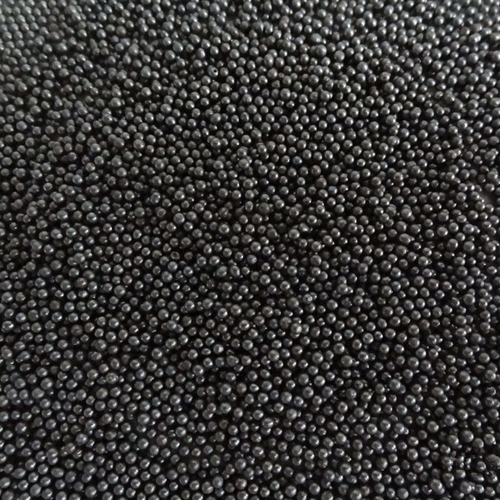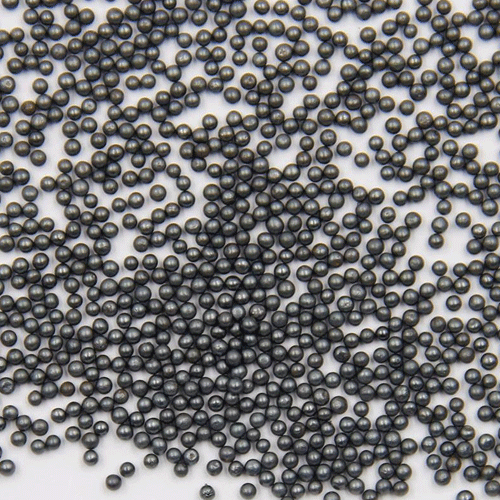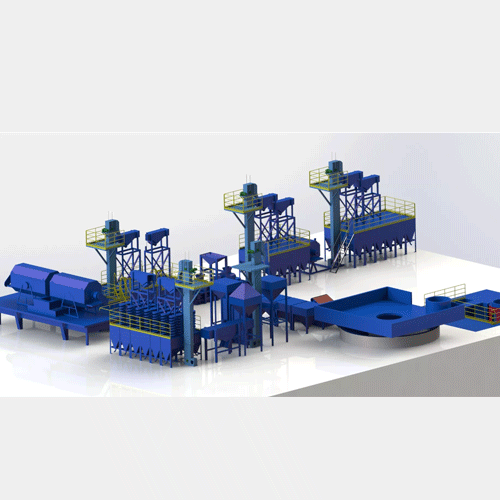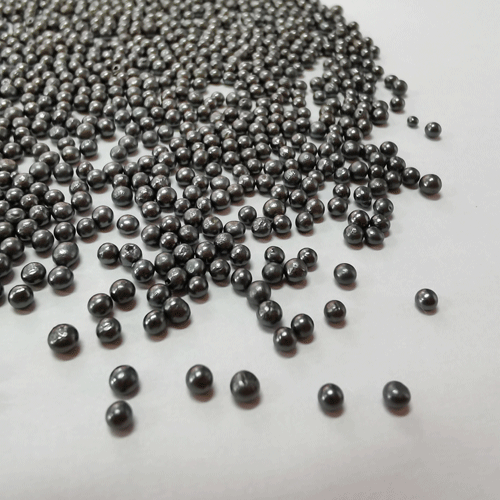When producing alloy steel shots, quenching is required, so that the products produced can be of good quality, but the regular meeting of quenching time also has a certain relationship with the quality, let's find out at this time.
After quenching and heating, there will be two cooling methods,
One is isothermal cooling, that is, isothermal quenching;
The second is continuous cooling, that is, ordinary quenching. Isothermal cooling can obtain pearlite, sorbite, troostite, bainite, etc. according to needs, while ordinary quenching is to obtain martensite. All kinds of alloy steel shots, mechanical parts, tools and molds are used after quenching and tempering. The strengthening and hardening during quenching are due to the formation of martensite.
Martensite has two basic forms, one is lath martensite, which is composed of groups of laths under the crystal phase microscope; the other is sheet martensite, which is bamboo leaf-like under the crystal phase microscope . In terms of performance, lath martensite not only has high hardness, but also has good toughness; while sheet martensite has high hardness and poor toughness, and is typically hard and brittle. It needs to be tempered to sacrifice hardness to improve toughness. , we hope that the workpiece has more lath martensite after quenching. In actual production, the steel with a carbon content of less than 0.2% will produce lath martensite after quenching, and the alloy steel shot with a carbon content of 0.2-1.0% will form lath martensite and sheet martensite after quenching. Alloy mixed structure, steel with carbon content higher than 1.0% almost all forms flaky martensite after quenching.
Although the carbon content determines the form of martensite, we can adjust the process to maximize the performance of the workpiece. Low-carbon steel and low-carbon alloy steel have poor hardenability, so we can obtain almost all lath martensite by using strong quenching (cold brine), which has a good combination of high strength and toughness. Medium carbon (carbon content 0.3%-0.6%) steel or medium carbon alloy steel is widely used steel, its carbon content is between 0.2-1.0%, quenching to form a mixed structure of lath martensite and sheet martensite , by heating and quenching these just at high temperature, more lath martensite can be obtained, and the toughness of alloy steel shot can be greatly improved under the condition of constant hardness. For high-carbon steel parts, in order to obtain more lath martensite, a method of rapid and short-term heating and quenching at a lower temperature can be adopted.
When quenching alloy steel shots, we must not only have an understanding of the size and time of the fire, but also the length of quenching time, so that the quality of the produced products will be good.
 Features of Reaguan Steel Shots
Features of Reaguan Steel Shots
 Metal surface shot peening process
Metal surface shot peening process
 Grinding Applications in the Automotive Industry
Grinding Applications in the Automotive Industry
 Tips and features for using shot blasting machine steel shots
Tips and features for using shot blasting machine steel shots